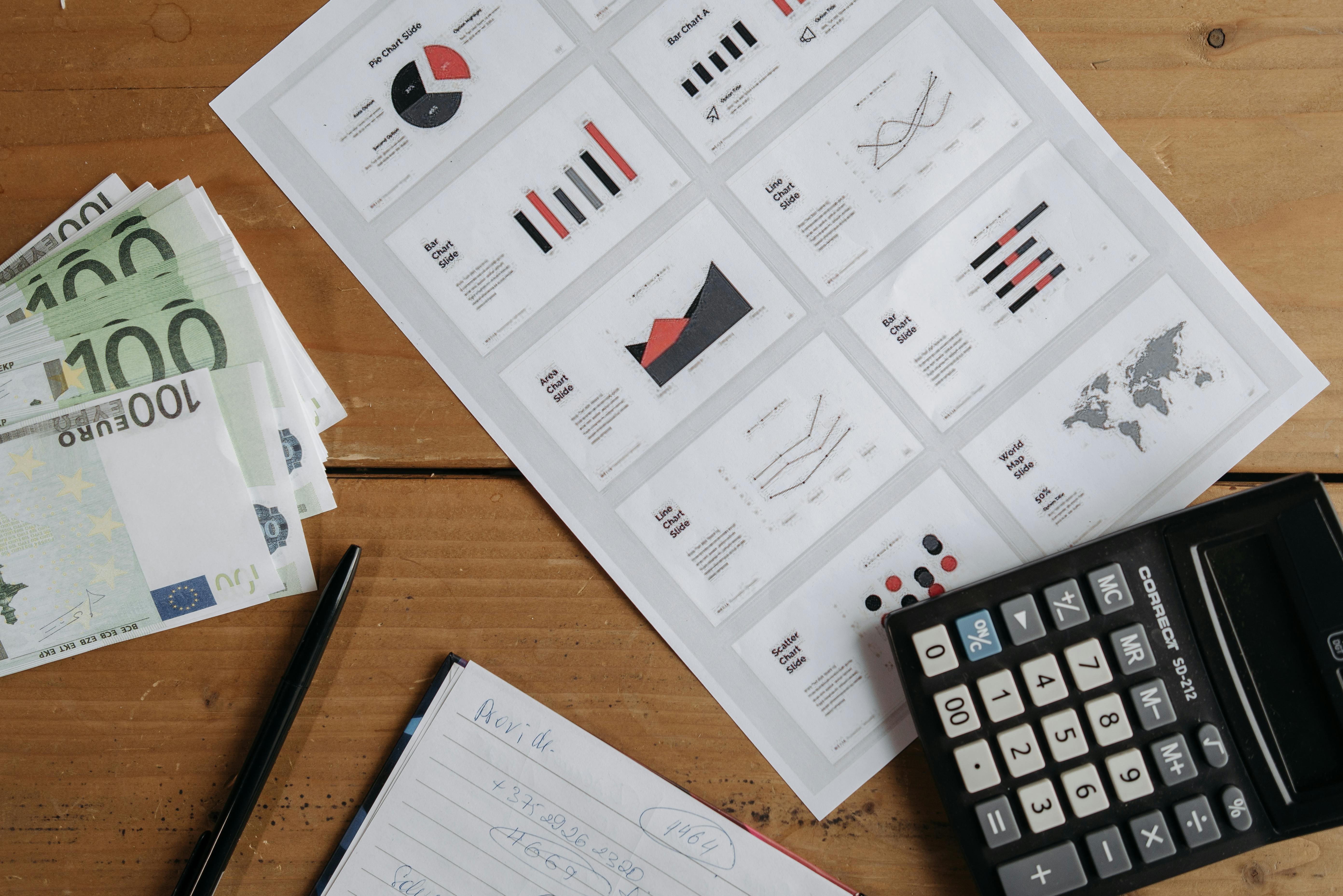More and more companies are looking for green financing. However, the market faces scrutiny regarding greenwashing, making it challenging for banks to substantiate their credibility in reporting these numbers.
“Green and social loans are intended to finance specific sustainable projects, such as windfarms or sustainable housing,” explains Alexander Caris, Research Officer with Forum Ethibel. “We start by verifying whether the utilisation of the loan is comprehensively described and whether the use of proceeds is clearly matched with green and/or social objectives. This avoids the main threat of greenwashing. Additionally, the EU Taxonomy eligibility of the loan is also assessed.”
“Next, we interview the borrower to gain an understanding of how they evaluate the sustainability of their proposed projects,” Caris continues. “It's crucial to identify and comprehend the social and environmental benefits within a comprehensive framework. Typically, frameworks such as the Sustainable Development Goals (SDGs) or the EU Taxonomy are utilised. In addition, we assess how ambitious the project is in comparison to others in the sector. This does however not limit the SPO to the project at hand, as a broader look is taken to see how the chosen sustainability goals match with those of the borrower.”
Holistic approach
“We also verify the management of the proceeds,” says Caris, “A clear process must be present to track whether the money is spent in the ways intended. This could imply keeping the money in a dedicated account and giving transparency on internal governance processes. Finally, we underline the GLP and SLP recommendation to disclose as much as possible. We also check whether the disclosed indicators are clear, comprehensive and justifiable.”

“Instead of looking at the use of proceeds, Sustainability Linked Loans contribute to the sustainability performance of the borrower on well-defined KPIs,” explains Caris. “Therefore, they are typically used to finance general business operations.”
The assessment for Sustainability Linked Loans consists of five distinct steps. “First, we verify whether the borrower’s KPIs are relevant for the specific industry, material to the business’s operations, measurable on a consistent basis and able to be benchmarked. Secondly, we assess the Sustainable Performance Targets (SPTs) put forward by the borrower on their level of ambition. We compare the SPTs with the company’s past performance, its industry peers, regulatory required targets and science-based scenarios like carbon emission deduction. Similar to the green and social loans, materiality is key. Thirdly, we check whether meeting the pre-defined SPTs is tied to an economic outcome. This encourages the borrower to formulate and pursue realistic commitments. Fourthly, we ensure that the borrower reports to its lenders. Finally, the SPTs must be verified annually. This can be done by a by a qualified external reviewer with relevant expertise, such as an auditor, environmental consultant and/or independent ratings agency.”